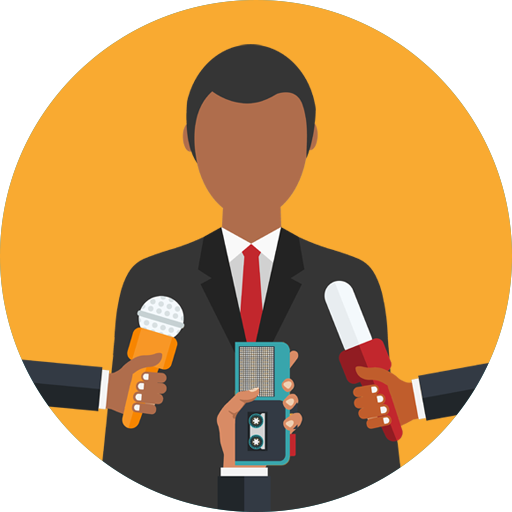On 16th March, 2020 Somalia recorded its first case of coronavirus. By mid-April, there were over 200 cases and mostly local transmission. Prevention is the only option in Somalia, given the poor state of health capacity nationwide. This is especially true in urban settings with very high numbers of internally displaced persons living in cramped conditions and with pre-existing levels of risk to health and wellbeing.
Prevention requires mobilising the right kind of collective and community action, targeted at helping the most vulnerable. Here, risk communications and community engagement are vital, but face the challenge of trusted sources of authority and socio-cultural and religious beliefs that may distort the nature of the threat (e.g. beliefs among some that they are ‘immune’ because they believe in God). Worse, given longstanding upheaval and insecurity, the risk of spread of misinformation about the virus and aggravating public anxieties are also alarmingly high. And what is the right advice? Social distancing measures need to make sense amidst dense and precarious urban settings and in a highly communal society. During Ramadan, purist public health messaging around distancing is also likely to backfire. Health and behavioural change communication thus needs to be highly context relevant: free of jargon, empathetic, in local language and speech forms, and tailored to local socio-cultural identities and norm-change models. It has to start with listening to Somalis.
Somali views in the early days of COVID-19
In order to provide those responding to COVID19 in Somalia with a snapshot of how the people of Somalia are thinking about the epidemic in these early days, Africa’s Voices reached out using its established multimedia interactive platform called Imaqal (‘listen to me’) that promotes gender equality and social inclusion. AVF sent out this broad question to Imaqal listeners.



This message was sent out to 51,000 recipients and responses were collected over the course of a weekend, 3-5 April 2020. 7,747 responded (approximately 15%) with over 18,000 SMS received.
The diagnostic sample is self-selecting, and skewed towards urban and those recently displaced (also youth), but as these are populations of concern, this is still deeply valuable information.

Asked for their thoughts on COVID-19 Somali respondents spoke less from a health than from a religious hope/practice standpoint.

Respondents fall into two broad camps: Those invoking religious hope, practice and guidance as the right way forward (38.7%); those invoking community action aligned to expert/government advice with a “call for right practice” (34.1%).

The religion frame grows more salient with increasing age; splits evenly between (passive) fate/hope/trust in Allah and (active) devoutness, prayer, offering.

Younger age groups (notably females) are more likely to advocate for following expert/government advice on right practices.

Over 1 in 10 respondents expressed thoughts on COVID-19 that involve rumour, stigma or misinformation (12.2%). Over 75% of these respondents expressed negative stigma: hostility, anger or resentment. A message denying coronavirus was over twice as likely to come from a male than a female.

Recently displaced were significantly more likely to express such thoughts than those who were not. In Banadir (Mogadishu area), recently displaced were twice more likely than host community respondents to express rumour, stigma or misinformation

Rumour, stigma or misinformation were also more likely from respondents from more insecure areas (due to Al-Shabaab threat) such as Bay and Lower Juba than from Banadir.
With this information AVF and other organizations in Somalia can begin to formulate an effective COVID-19 response that includes working with and through religion as the dominant community framing of COVID-19, leverage strong community solidarity around ‘right practice’ especially through the youth (notably female youth), and deploy empathetic engaging content, using accessible, trusted and meaningful communication channels.
Findings and recommendations have been shared with the Somalia inter-agency Taskforce for Risk Communications and Community Engagement and through two webinars with practitioners and policymakers. The first, convened by the Regional Durable Solutions Secretariat, had over 200 registered attendees from a range of NGO and UN agencies focused on displacement affected populations in the Horn and East Africa. The second, convened by Africa’s Voices with the Centre for Humanitarian Change, had over 50 attendees working specifically in the Somali context: agencies, donors, researchers.
As with everywhere the COVID-19 situation is developing quickly, so most important of all to develop effective strategies is to listen, listen again and act.
Photos by Tobin Jones